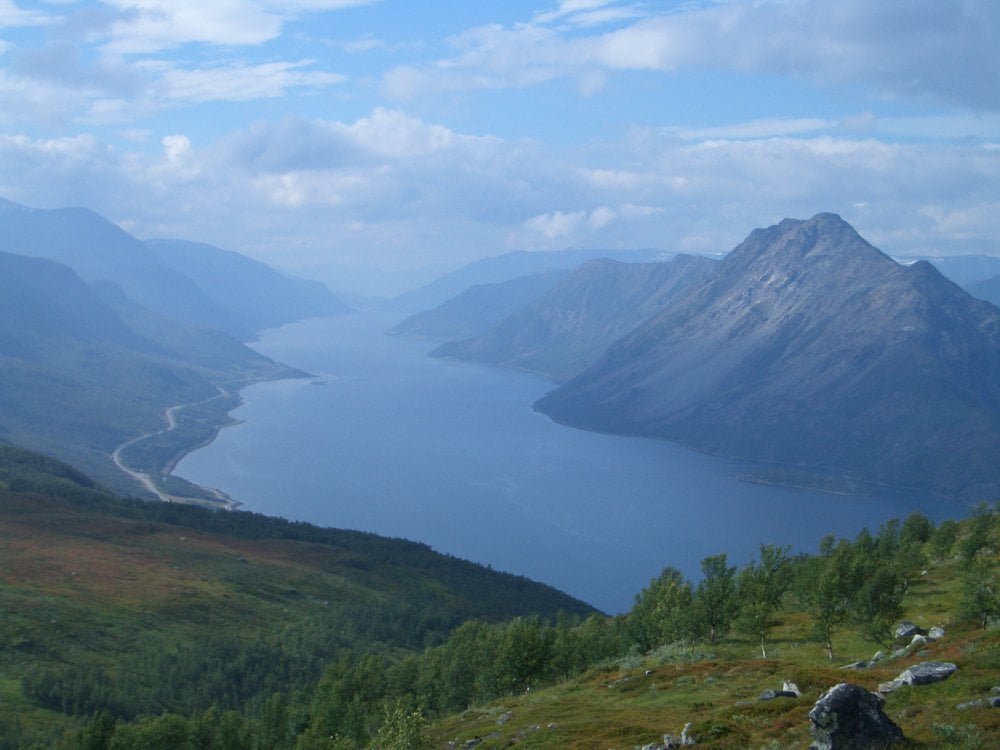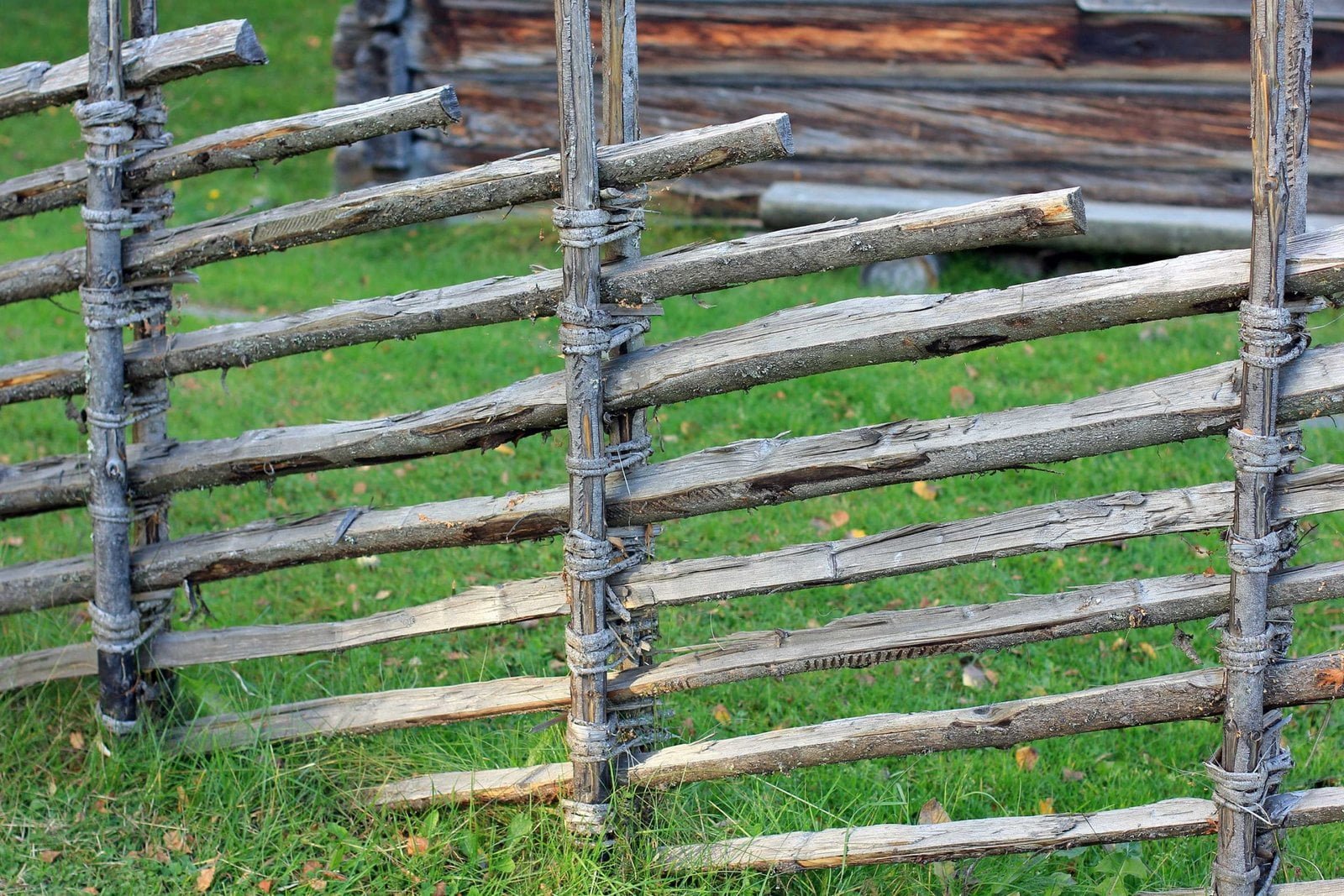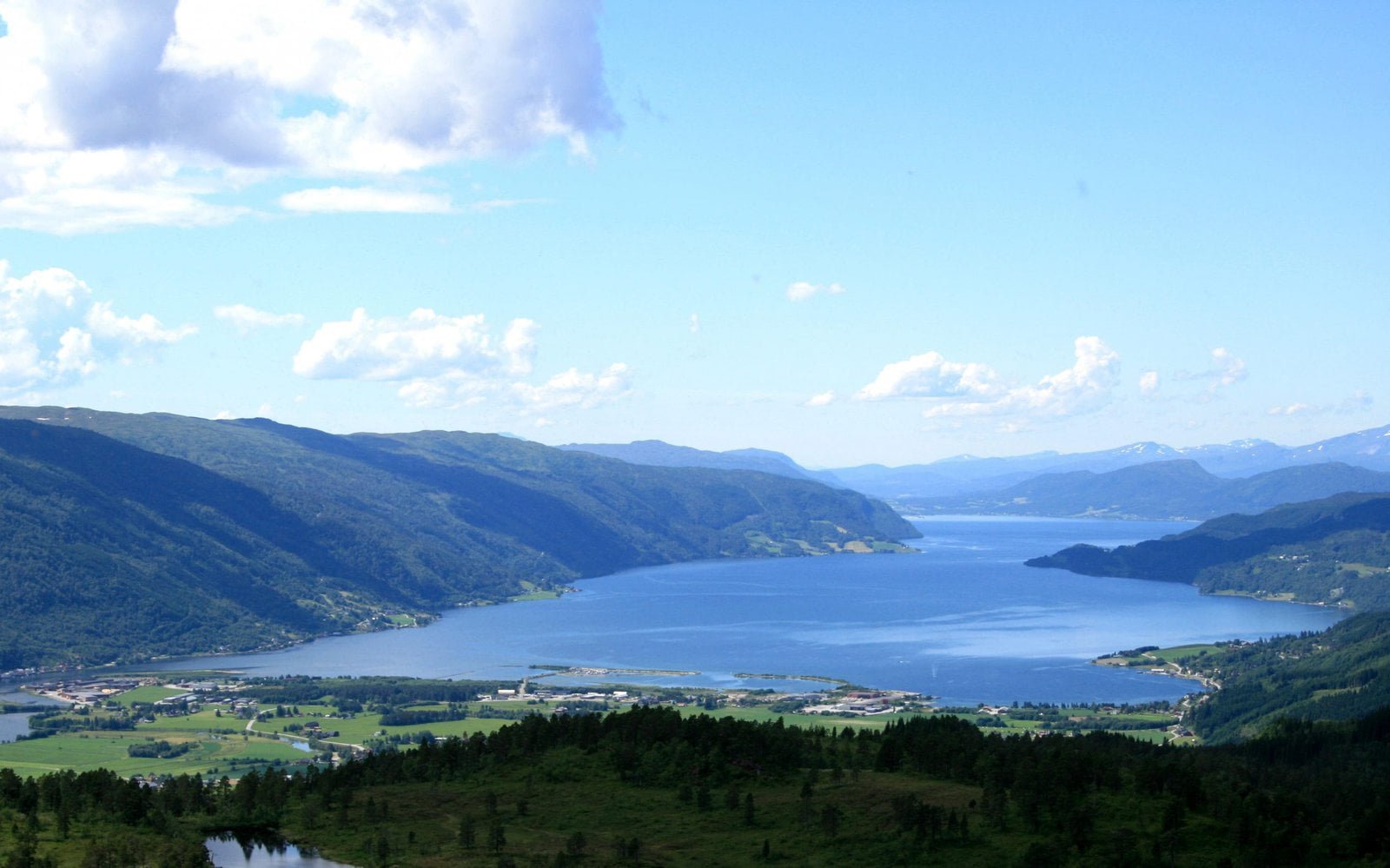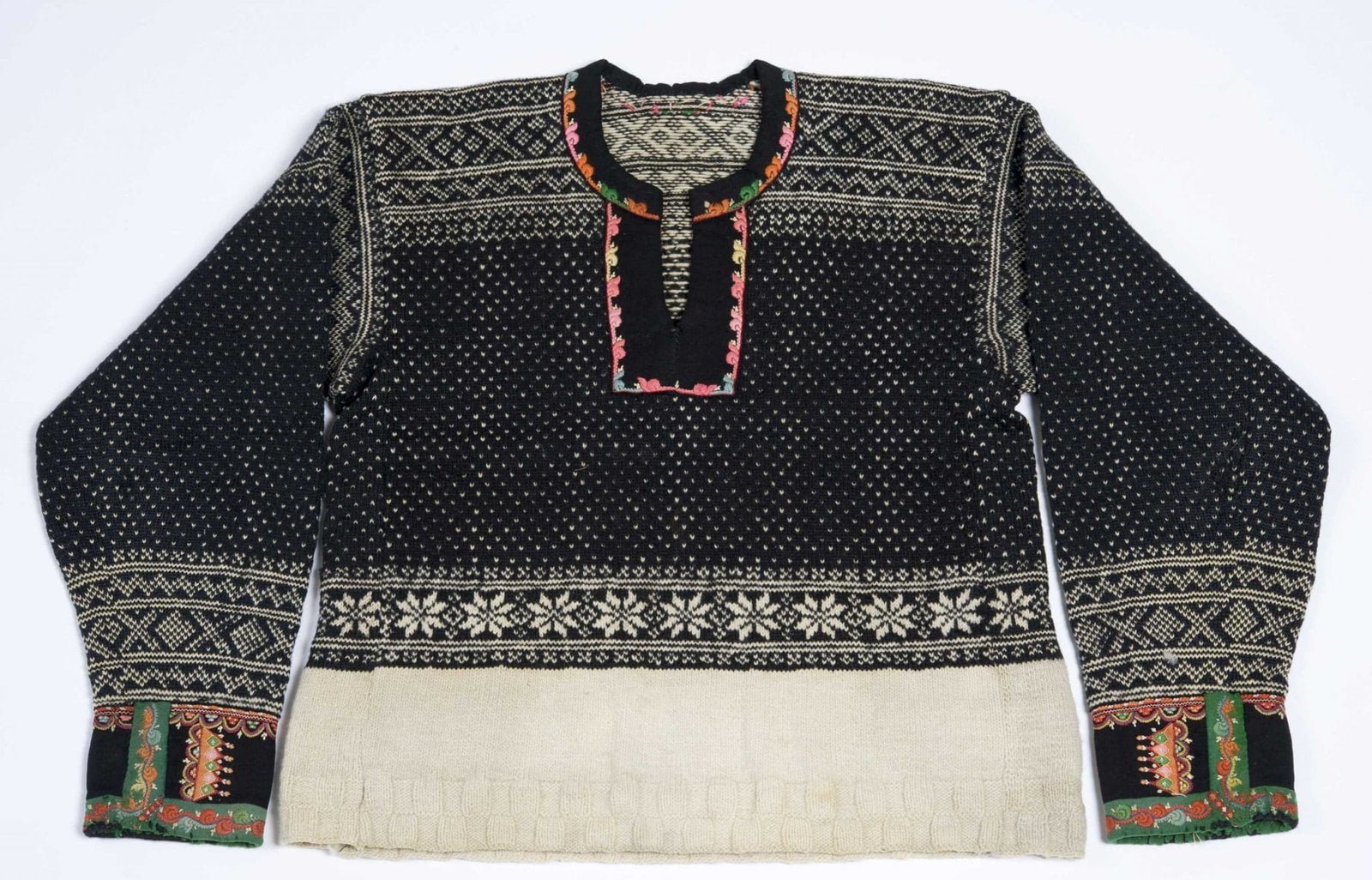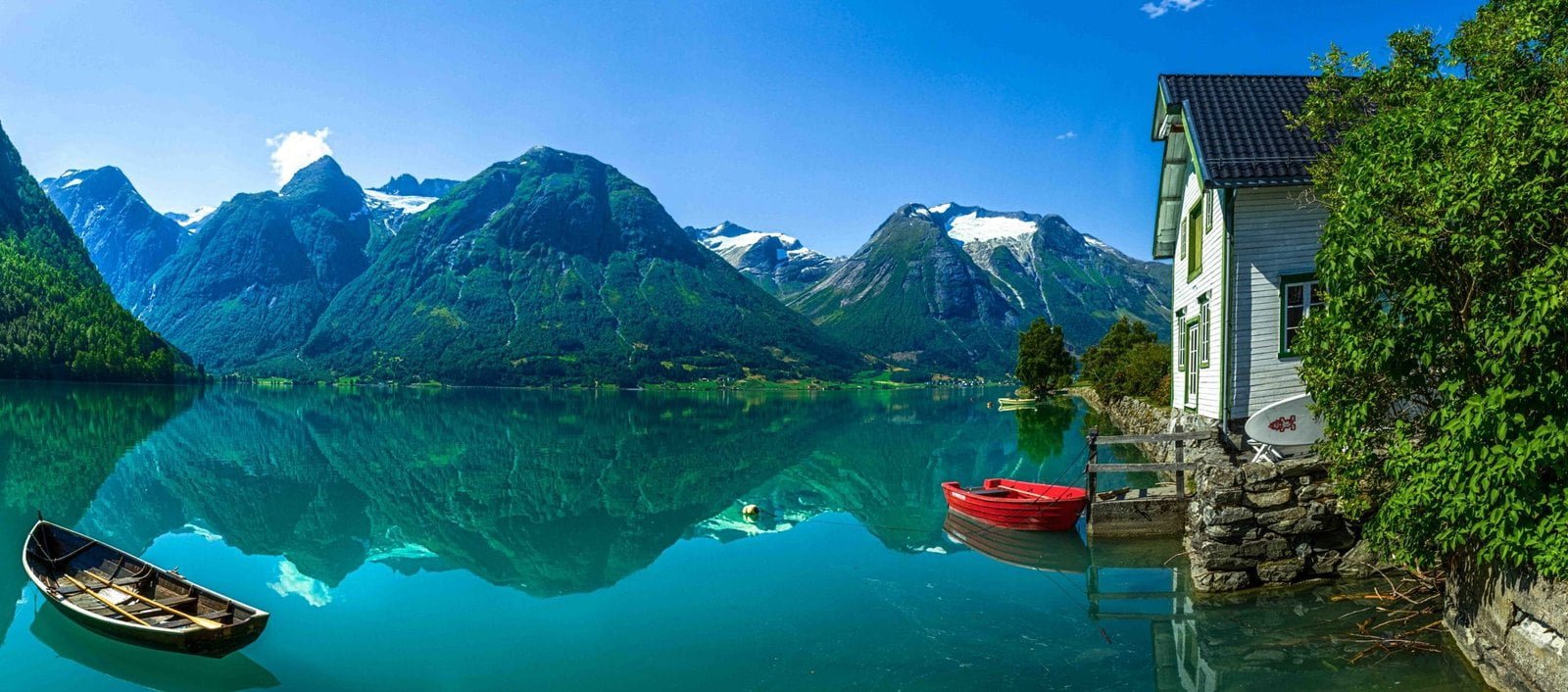A cold climate animal
The reindeer is native to the arctic, sub-arctic, tundra, boreal, and mountainous regions of Northern Europe, Siberia, and North America.
There is also a reindeer population at Svalbard, the isolated Norwegian archipelago found between mainland Norway and the North Pole.
The scientific name is Rangifer tarandus. In North America, the species usually goes by the name caribou.
The reindeer’s body and herd size vary between the different geographical regions – depending on food access and the quality of the local habitat.
An annual set of antlers
Normally, both the female and the male reindeer grow and lose a new set of antlers every year.
The reindeer bull starts growing his antlers in March-April – and loses them after the mating season in late autumn.
The reindeer cow keeps her antlers throughout the winter – until after she has given birth in May-June. A new set is usually complete by late August.
The reindeer calves start growing antlers a month after they are born. In their first annual cycle, they keep them until early in the following year.
Higher rank and access to food
It may be that the winter antlers give the pregnant reindeer cow a higher rank within the herd, and improved access to the limited winter food.
The reindeer’s winter diet mainly consists of lichen, a plant-like organism that grows on rocks and trees. It uses its hoofs to dig through the snow.
The reindeer’s winter diet also consists of dry grass, leaves, moss, and whatever it can get from available bushes and trees.
To stock up on minerals, the reindeer sometimes gnaws on shed antlers found on the ground, or even antlers still attached to a fellow reindeer’s head.
EGP.00001






